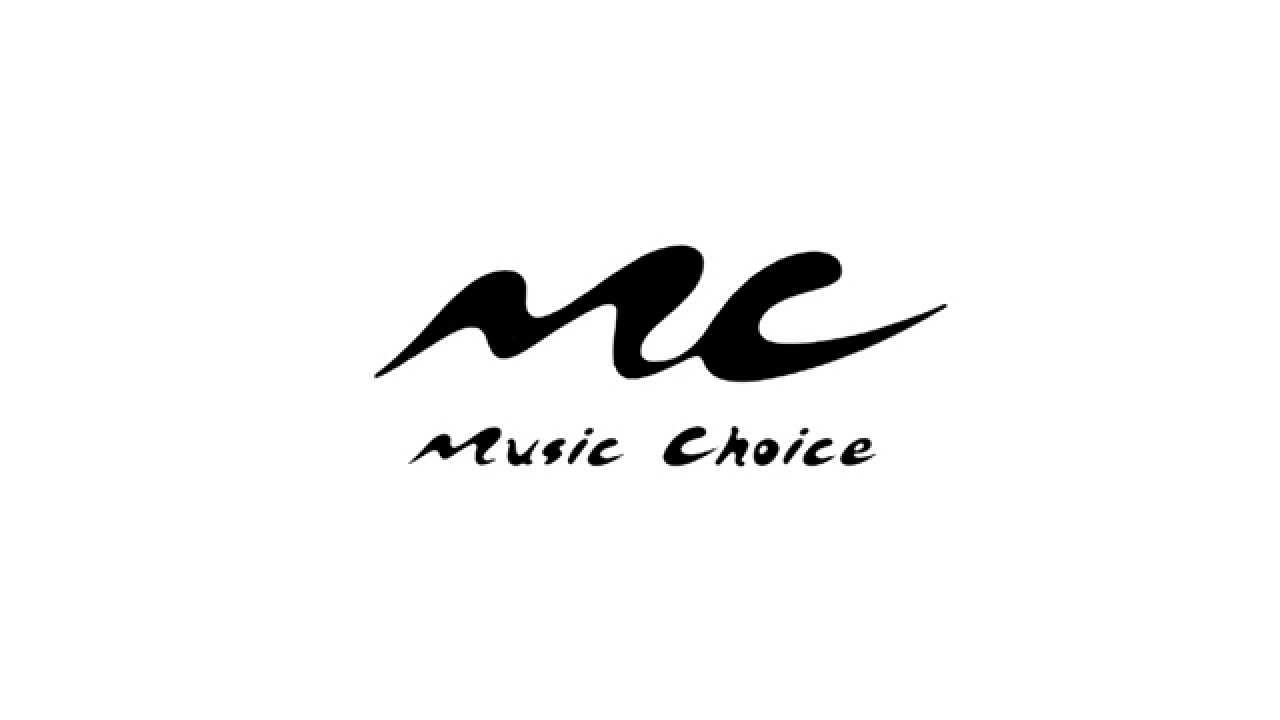Music Choice Acquisition was announced this week. Stingray Digital made an offer to acquire Music Choice for US$120M. In this world of media consolidation, there are very few players left in the world of “Music for Cable” TV. Stingray Digital, Music Choice, and MEVIA (our technology).
During the earnings call on August 8th, 2018 Mr. Eric Boyko, president and CEO of Stingray Digital, Inc discussed his plan to purchase Music Choice for $120M. Mr. Boyko stated during this call that their competitor, Music Choice, had over 80M subscribers in the United States and generated revenues of US$55M/year. Mr. Boyko explained to the shareholders how he expected this deal to work out and how the multiple partiers may or may not agree to a deal. Boyko even decided this past June to use the same provider for distribution that Music Choice employs, in this case Nextloogies Inc — as he stated. In fact, Boyko added that he had made an investment into Nextologies, Inc. The investment was recorded as part of the earnings report Q1/2019 document indicating a deal of around $9.1M. Partly, $3M upfront and $6M note to acquire a “small” stake in Nextologies, Inc. Nextlogies in exchange would offer Stingray better pricing in their media distribution platform. Why a Music Choice Acquisition?
During the call, nothing was mentioned about the ongoing litigation and I want to bring this element for discussion in this article.
As it is known, Music Choice and Stingray are fighting a patent lawsuit and Stingray is the petitioner in an IPR (Inter-parties Review) pleading to the USPTO that Music Choice’s patents are invalid due obviousness submitting prior-art references. One of this prior-art evidences is a document called the “Mackintosh” reference
There are many files in the PTAB portal open to the public, and the most interesting information piece Is found in the PTAB ruling regarding Music Choice’s ‘245 patent that reads:
Accordingly, for the reasons discussed above, Petitioner has failed to demonstrate Mackintosh teaches or suggests a “receiving system [that] automatically generates a video image,” wherein “the video image is encoded according to a Moving Pictures Experts Group (MPEG) standard” as required by claim 10. Petitioner, therefore, has failed to demonstrate a reasonable likelihood of showing claim 10 is unpatentable as obvious over Mackintosh.
……
Petitioner’s analysis of the “receiving system” limitations of claims 12 and 15 (i.e., a receiving system configured to generate a video image that is encoded in MPEG format) is substantially similar to, and relies upon, Petitioner’s analysis of the corresponding limitations recited in claims 1 and 10 as discussed in section II.D.2, supra. See Pet. 46–49, 63. For the reasons discussed there, we find Petitioner has failed to demonstrate a reasonable likelihood of showing claim 15 is unpatentable as obvious over Mackintosh.////
As you recall in my previous analysis I reviewed Mackintosh (here)

The paragraph signals to me that the USPTO is not fully convinced that Mackintosh is a reference specially regarding MPEG distribution which is essential for Cable TV systems. I would expect that what comes next is a partial or no invalidity regarding the disputed patents/claims that the USPTO has not ruled yet. In my opinion, Mackintosh is indeed a very weak prior art and I dare to conclude that there could be a potential denial of Stingray’s petition for invalidation made against Music Choice’s patents.
In fact, there is a large amount of patent claims to invalidate, all based on the same prior-art. In my opinion, there are high chances for Music Choice’s patents to remain valid and enforceable. As shown in these two claims the judge or patent committee, is clear that they are not convinced with Stingray’s arguments. Indeed, Mackintosh does not reflect key elements required for the prior-art to invalidate Music Choice’s patent claims, Claim 10 and Claim 15 at the very least. There are more patents and more claims awaiting for a determination, but I would estimate most of them surviving.
Maybe, this situation could be a good reason for Stingray to trigger an acquisition of Music Choice besides what it was said during the earnings call. It is obvious that by acquiring the plaintiff and competitor, Stingray avoids spending millions of dollars on a trial and potentially loosing what is called ” invalidity contentions” defense as a consequence of the IPR, hence leaving only the Markham hearing (which judge sided with Music Choice), and a jury trial.
Why invalidity contentions will no longer become a defense? This is because, if I recall correctly, when a party uses the PTAB to terminate or invalidate a patent, then it relinquishes its right to use “invalidity defenses” during the trial or within the patent case. Hence, if the patent survives PTAB it would be valid and enforceable. Once again, by simple logic there are several patents at stake here and chances that all claims be terminated are slim. Music Choice just need a few claims to survive the IPR, hopefully the ones that are required to make their case. We already saw what the PTAB conclusion was for Claim 10 and Claim 15 surviving on the ‘245 patent,
Stingray’s position has been that they do not infringe and that Music Choice’s patents are invalid. The question that crosses my mind is, why would you pay $120M (Music Choice Acquisition) for a commodity asset then and a business with no patents? Isn’t, 7x EBITA way too high?
What are the best and worst case scenarios for Stingray Digital?
Obviously, the best case scenario for Stingray is to acquire Music Choice in its entirety at $120M without any hiccups. However, if Music Choice makes $55M/year in revenues and has 80M subscribers, that only means a $0.70/year per subscriber is part of their income statement. Will then those Cable operators such as COMCAST or COX will have to shell some cash to get this service in their lineup, instead of getting a check? The OpEx for Music Choice is basically zero, as it uses also Nextologies to distribute their content — as presented by Mr. Boyko during the call.
The question to answer is “Will the cable operators now owners of Music Choice, then pay $55M/year back to Stingray into the future? Why would they?” That would be nonsensical.
Another great scenario for Stingray is to not be found liable, invalidate Music Choice’s patents and maybe even withdraw or purchase Music Choice at a discount.
It sounds to me that in the event that Music Choice is sold, Mr. Boyko will be reusing the same provider and the same distribution channels as Music Choice? Hence as he said, they were the same and Nextologies may see a decrease in sales as only one player will be in business.

On the other hand, the worst case scenario is that Music Choice’s patents are invalidated and Boycho acquisition at $120M will be for too much money. This scenario would leave COMCAST or COX with options to acquire potentially acquiring other technologies such as MEVIA for instance and still offer to themselves a service that they currently pay nothing for it.

An intermediate scenario is that the patents are not invalidated and $120M (Music Choice Acquisition) acquires IP and cash flow that he needs for establishing as a stronger player in the market.
Last but not least, another scenario is that, Music Choice waits until the last minute, or August 31st, 2018 when the offer expires, and that all its patents are set valid, and turning around to Stingray with a $500M offer or 10x revenues? An offer equal the size of Stingray’s marketshare, that would be potentially a dangerous situation for Stingray digital.
There could be other scenarios but we just have to wait until August 31st to find out what happens next in this saga.
Disclaimer: I own MEVIA and Cloud to Cable TV Patents and I am interested in the valuation is giving to my patents and technology/business.
Alternatively, Cloud to Cable TV is the best technological platform for monetization with Cable TV and works using the most recent advancements in Cloud computing, Web technologies, and in combination with standard DVB Systems. A unified patented technology for Cable TV distribution!

